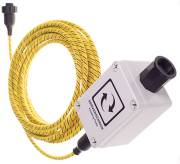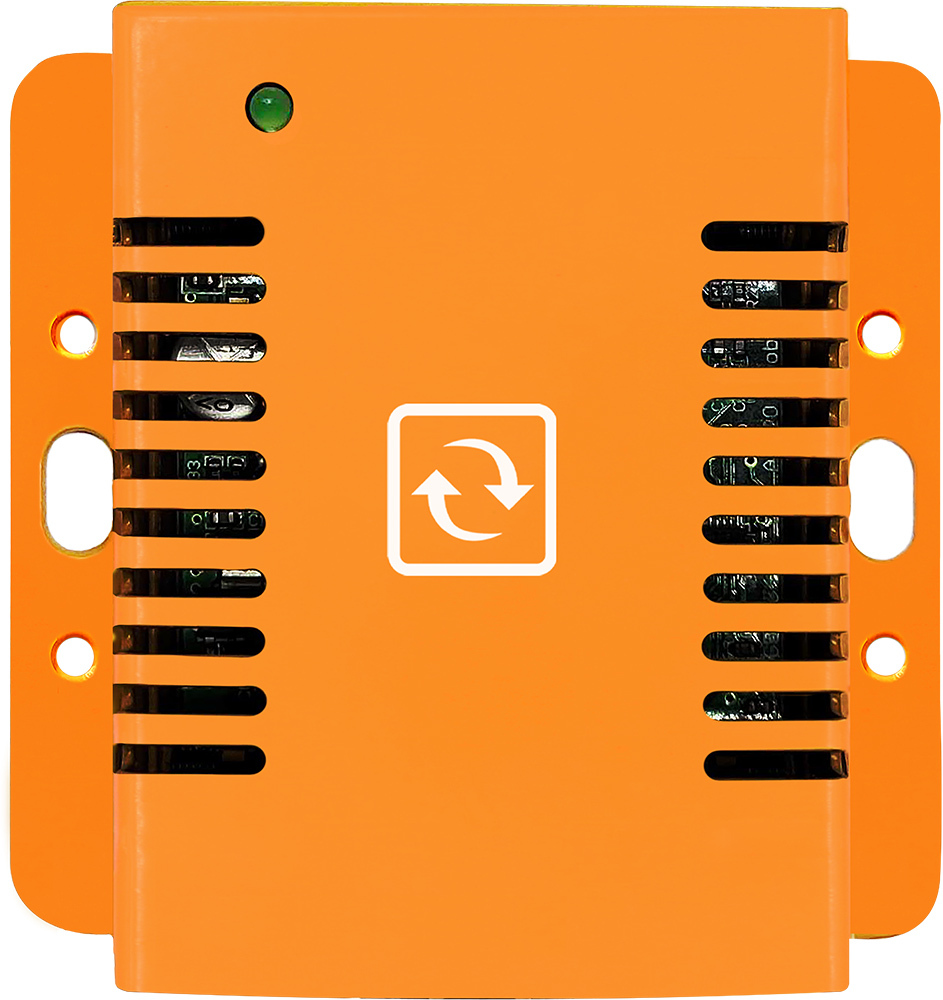
-
More
Water Leak & Ingress
Close
Water is the enemy of electricity. Inside remote data centers, water leak came come from multiple sources. The leak sensor is a 5m water leak sensitive cable so that it can detect water intrusion anywhere in the facility where it is installed.
Water Ingress Sensor
-
More
Dust Sensor under Raised Floors
Close
When dust is present under the raised floor then it may be blown into equipment. The presence of dust accumulates in equipment then at first power usage will increase due to the harder working fans and CPU.
Dust Sensor
-
More
InRack Based Daisy Chained Temperature Sensors
Close
The daisy chain temperature sensors are designed to solve the limitations of standalone sensors. Each sensor connects onto the next one and thus requiring only 1 sensor port on the base unit (through the DAISY-STARTER).
Daisy Chain Temperature Sensor
-
More
Daisy Magnetic Temperature Sensor
Close
The magnetic temperature sensor checks if the surface has the desired temperature setting. The magnetic probe can be attached to any metal surface and measure its temperature.
Daisy Chain Magnetic Temp
-
More
Differential Air Pressure
Close
The differential air pressure sensor monitors pressure in the range of -500 to +500 Pa
It also features a built-in temperature sensor.
Air Pressure Sensor
-
More
Shock & Vibration Sensor
Close
Shock and vibration sensor will report the actual force being recorded. This multi-axis G force allows to detect accurately the level of vibration and allows to define the desired threshold to be alerted on.
Shock Sensor
-
More
PM Particle Sensor
Close
The particle sensor monitors for airborne particles in the air of multiple sizes: PM1, PM2.5, PM4 and PM10. Particles can contribute to corrosion or electric short circuit which could result in a fire risk.
Particle Matter Sensor
-
More
Corrosion Sensor
Close
This sensor monitors the level of corrosion as per ISA 71.04-2013 classification
Corrosion Sensor

Temperature and humidity sensors are used in data center white space to monitor the hot and cold aisles because it is important to maintain the temperature and humidity levels within the recommended range in order to prevent equipment failure and downtime. By continuously monitoring the temperature and humidity levels, data center operators can identify and address any issues that arise before they become major problems. Additionally, continuous monitoring allows data center operators to optimize the cooling system and reduce energy consumption, which can help to save money on energy costs.
There are several benefits to using daisy chained temperature and humidity sensors in a data center instead of individual sensors. One benefit is that daisy chaining the sensors allows for a more organized and efficient monitoring system. Instead of having multiple individual sensors scattered throughout the data center, all of the sensors can be connected in a single chain, which makes it easier to manage and maintain the monitoring system.
Another benefit is that daisy chaining the sensors allows for more accurate and reliable data collection. Because the sensors are connected in a chain, the data from each sensor can be correlated and compared to the data from the other sensors. This can help to identify any discrepancies or anomalies in the data and ensure that the readings are accurate and reliable.
Additionally, daisy chaining the sensors allows for easier expansion of the monitoring system. If additional sensors are needed, they can simply be added to the end of the chain, rather than having to set up a new standalone system.
Monitoring for air pressure, corrosive gases, real time atmospheric corrosion, dust, airflow, particles, and water leaks in data center white spaces is important because it helps to identify and address any potential issues before they become major problems. For example, monitoring for air pressure can help to ensure that the equipment is operating within the recommended range, which can help to prevent equipment failure. Monitoring for corrosive gases, real time atmospheric corrosion, and dust can help to prevent corrosion and accumulation of contaminants on the equipment, which can interfere with its operation. Monitoring for airflow and particles can help to identify any obstructions or issues with the airflow, which can impact the cooling efficiency of the data center. Monitoring for water leaks can help to prevent damage to the equipment from water exposure. By monitoring for these factors, data center operators can take steps to mitigate the risks and ensure that the equipment is operating efficiently and reliably.